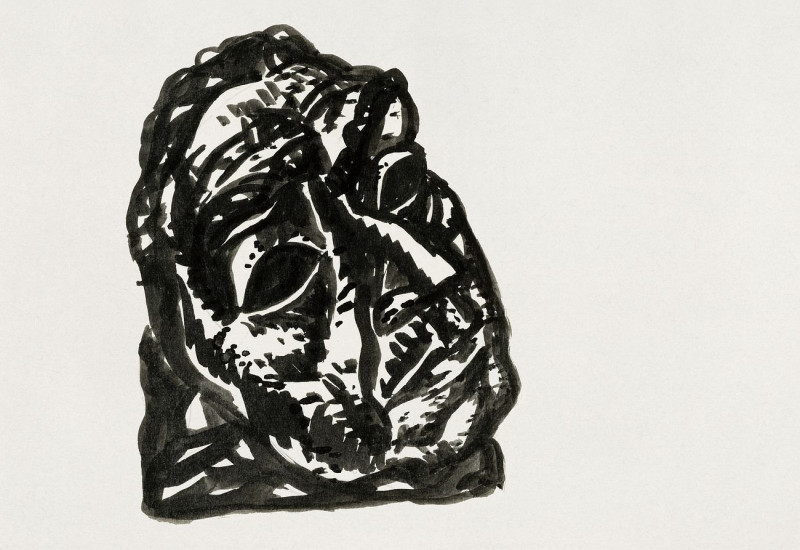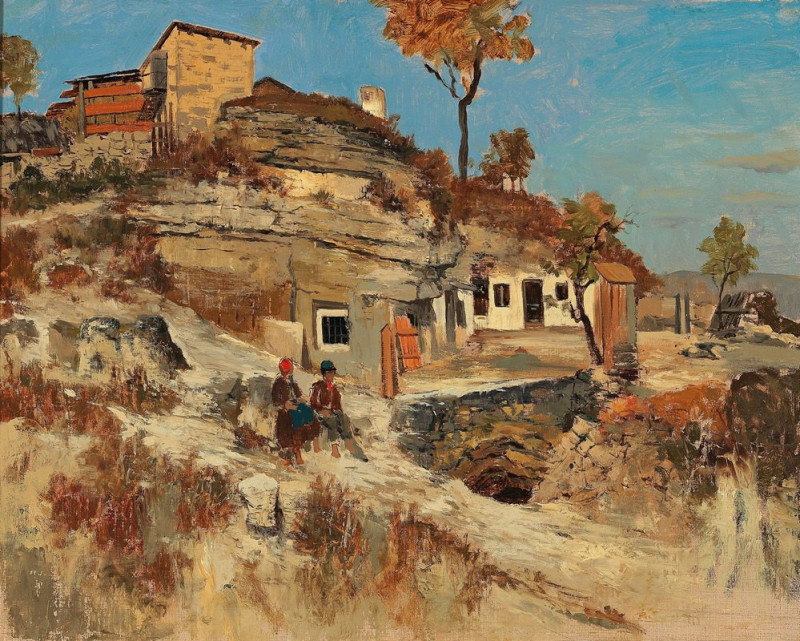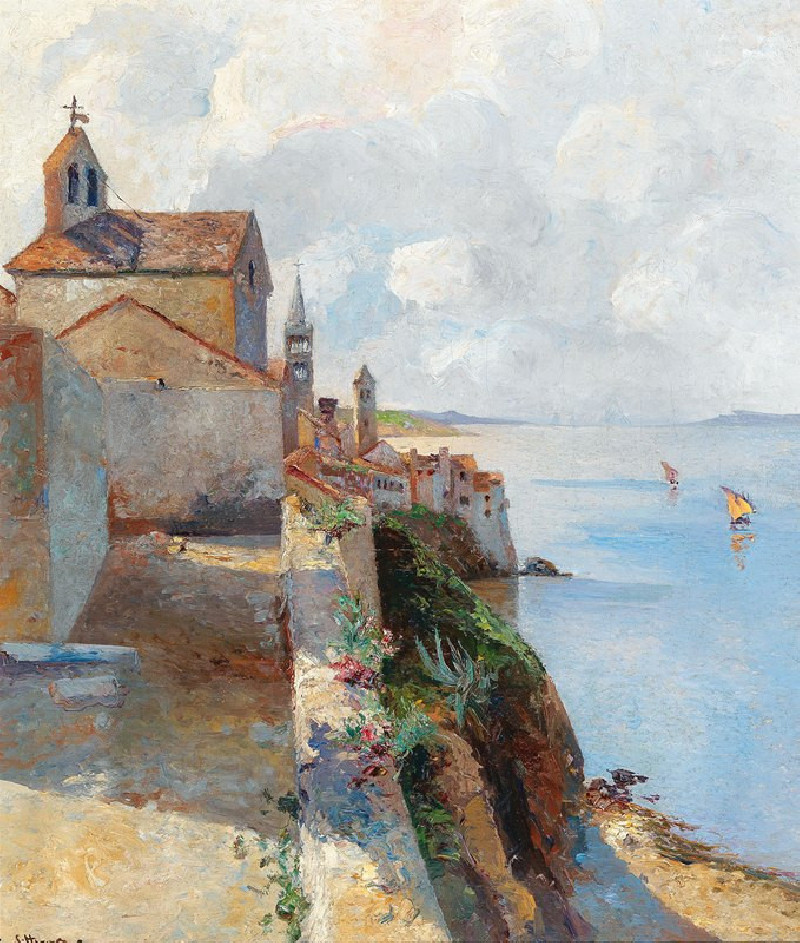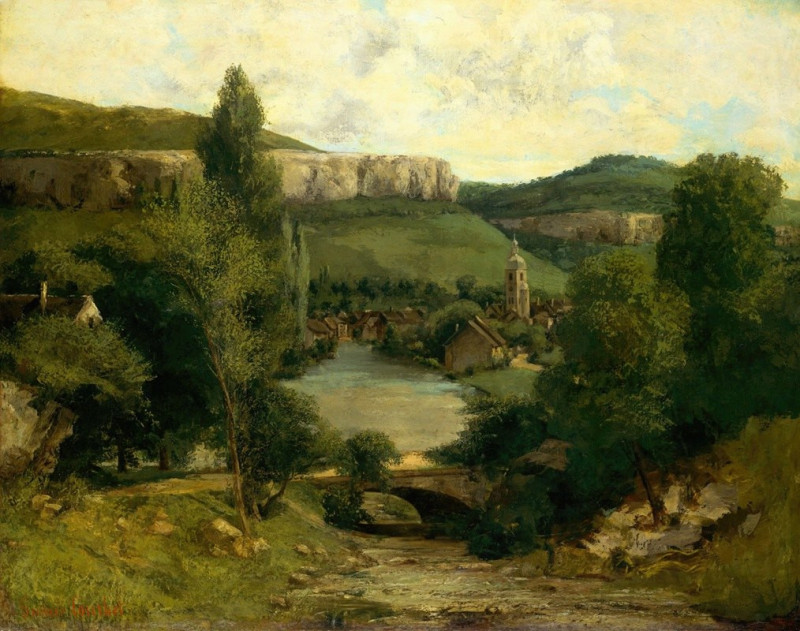White cow (circa 1895)
Technique: Giclée quality print
Recommended by our customers
More about this artwork
Paul Sérusier, a pivotal figure in the post-impressionist movement and a founding member of the Nabis, painted "White Cow" around 1895. This artwork wonderfully encapsulates the simplicity and tranquility of rural life through Sérusier's distinctive use of color and form.In "White Cow," we observe a serene pastoral scene dominated by a large, flourishing tree and a grazing white cow with distinctive black patches. The cow, calmly eating the grass, is painted with a gentle, almost delicate touch, which contrasts with the robust, energetic strokes used to depict the tree. The leaves of the tree are rendered in a flurry of creamy whites and pale greens, suggesting the light and movement of foliage in a breeze.The background features a flat, unembellished expanse of rich blue sky and a distant line of dark green, possibly a distant forest or hill, adding depth and balance to the composition. The ground is a vibrant mix of greens and yellows, conveying the lushness of the grass.Sérusier's use of color is not just aesthetic but also symbolic, possibly reflecting his interest in the spiritual and emotive power of scenes from nature. The contrast between the vivid greens of the earth and the deep blues above speaks to a harmony that Sérusier saw in the natural world."White Cow" is more than just a depiction of a rural scene; it is a reflection on nature's quiet beauty and a display of Sérusier’s mastery in using color to evoke emotion and atmosphere.

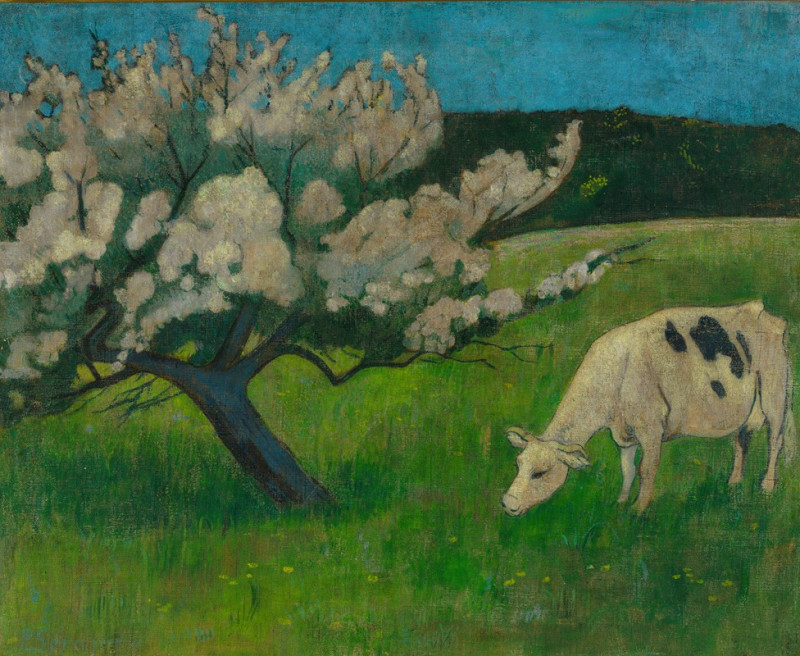

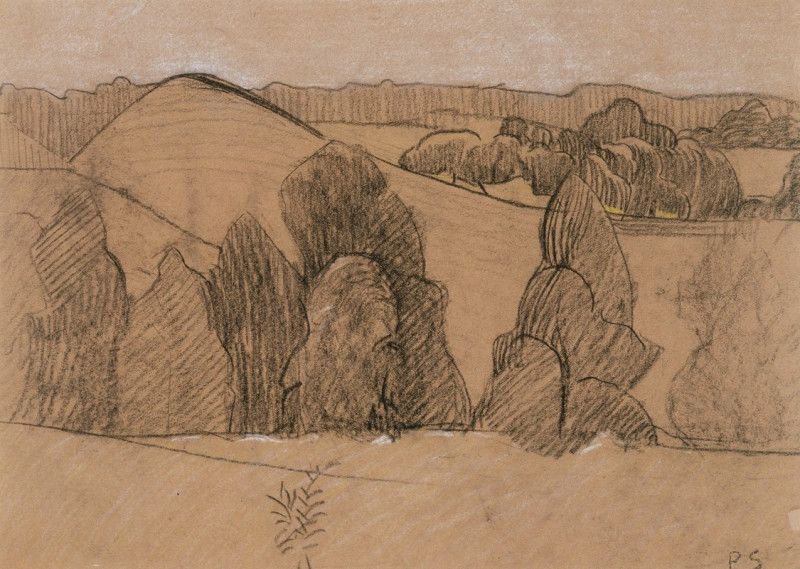

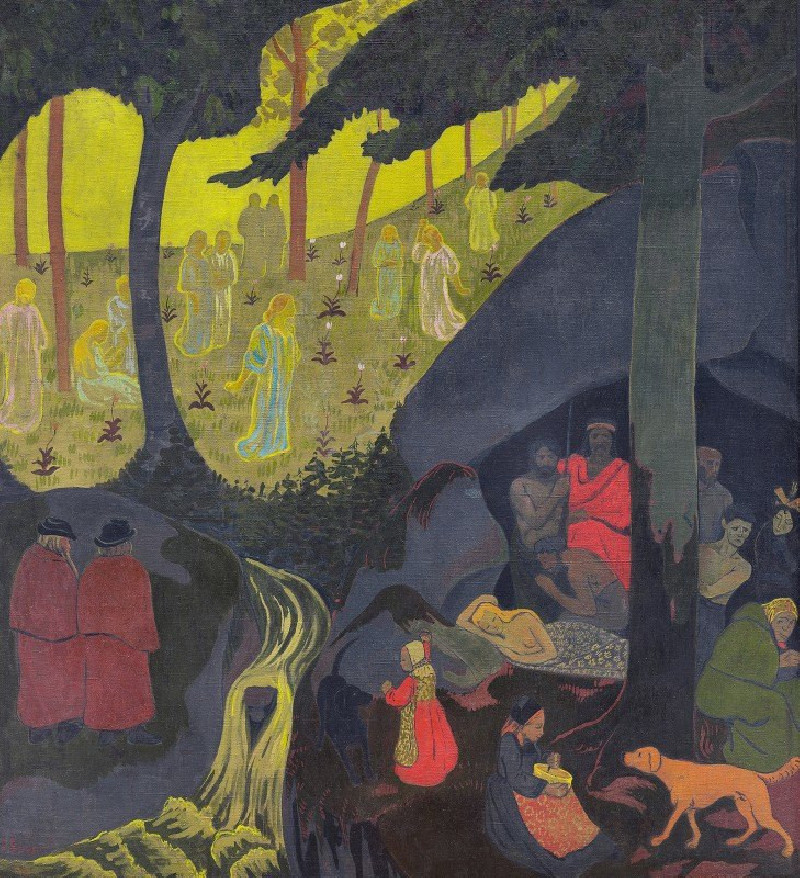
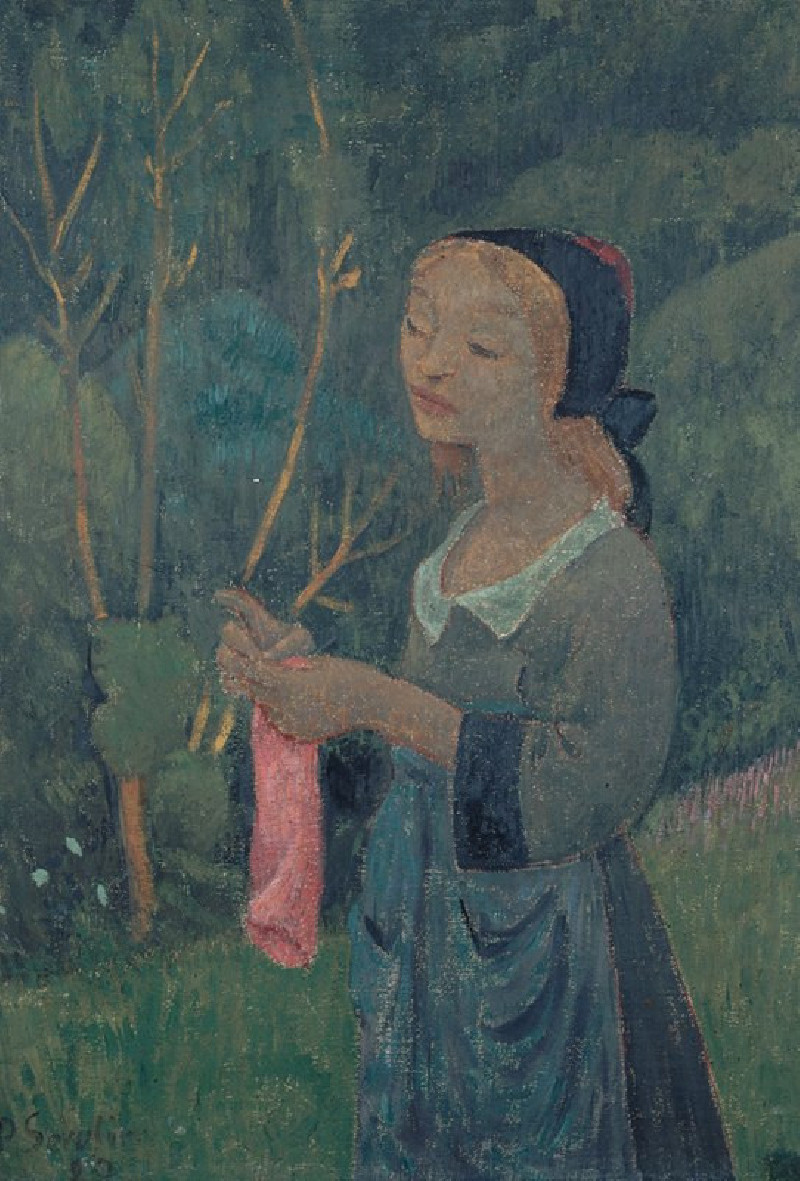
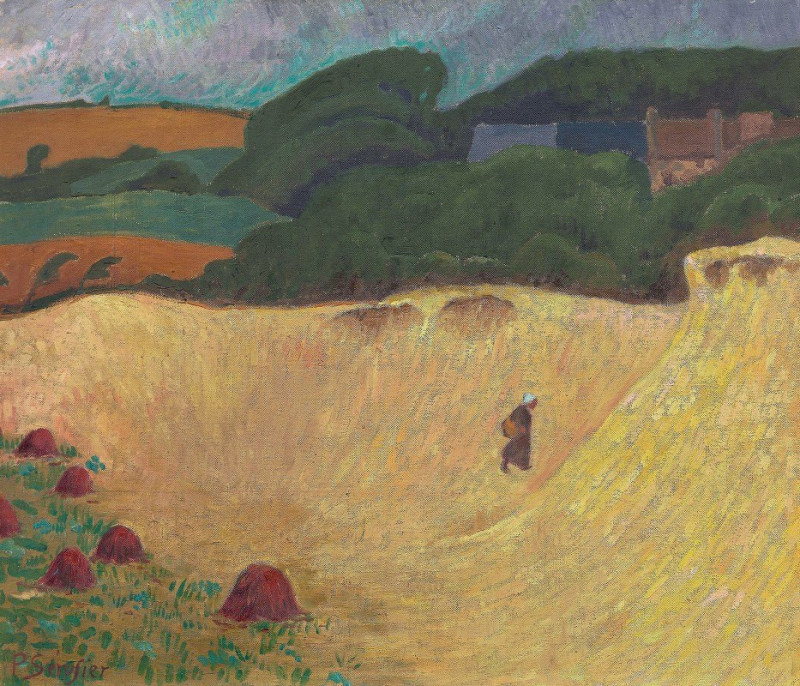
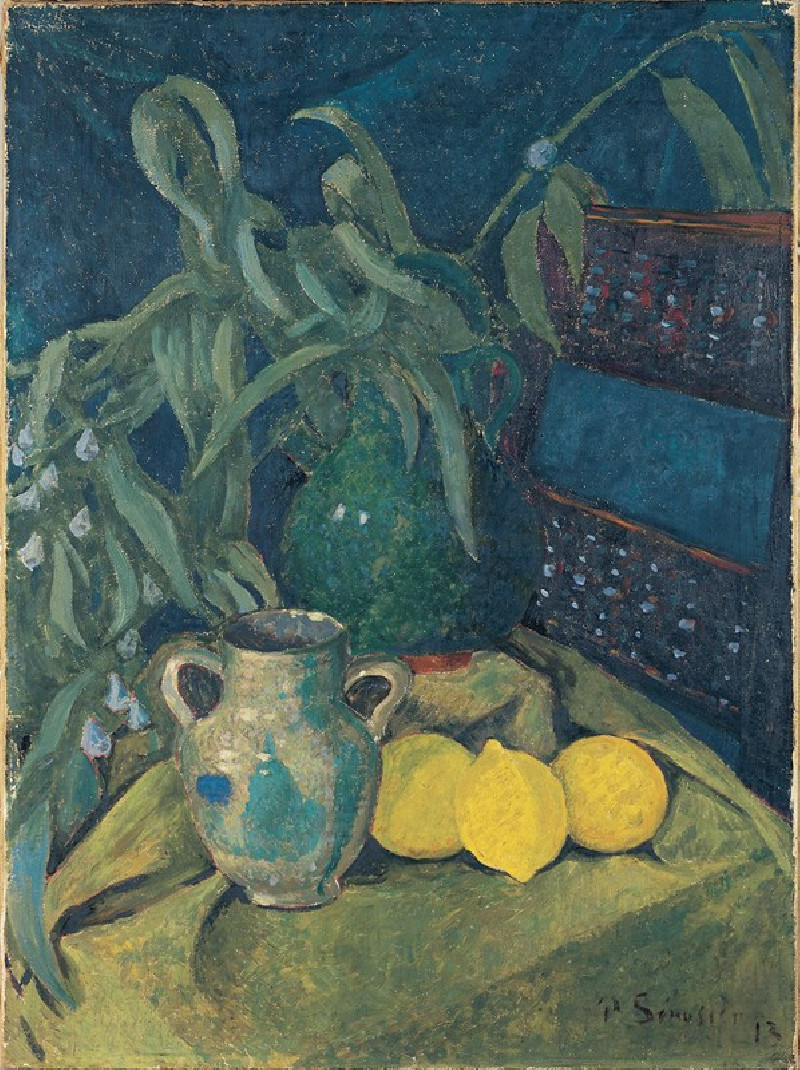
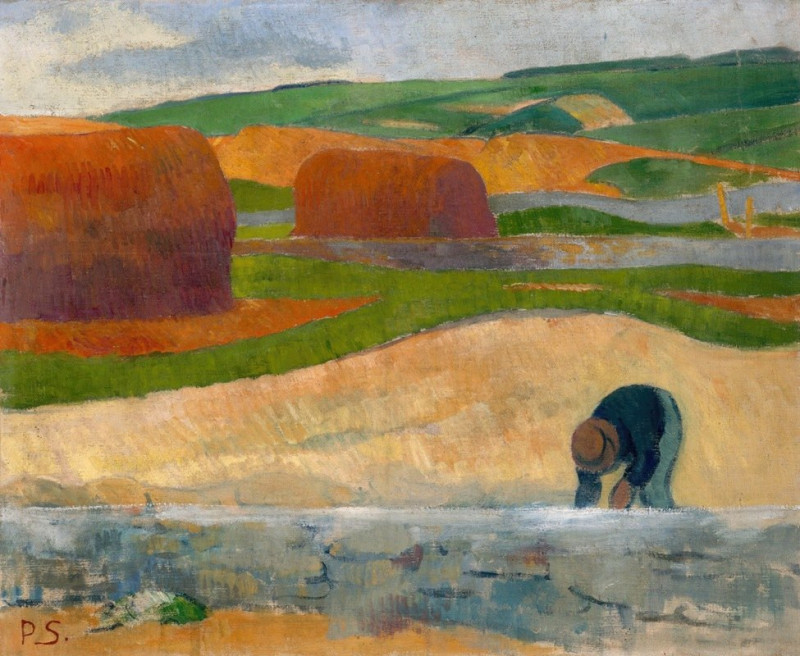
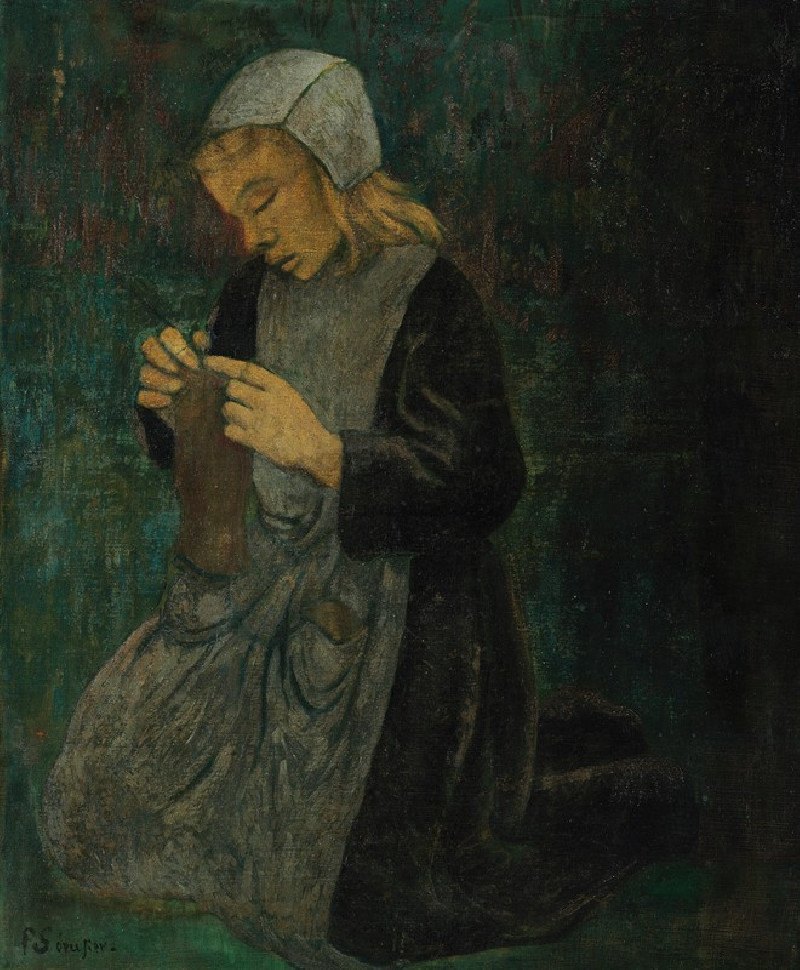

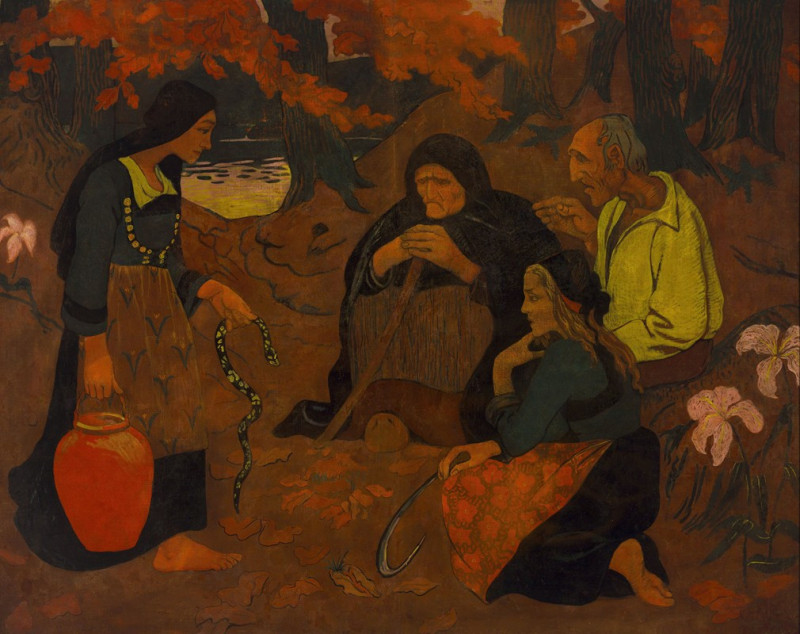
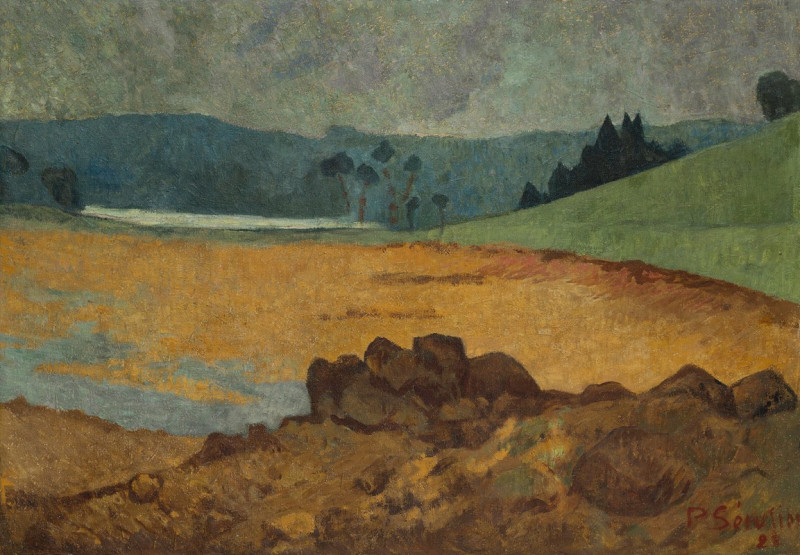

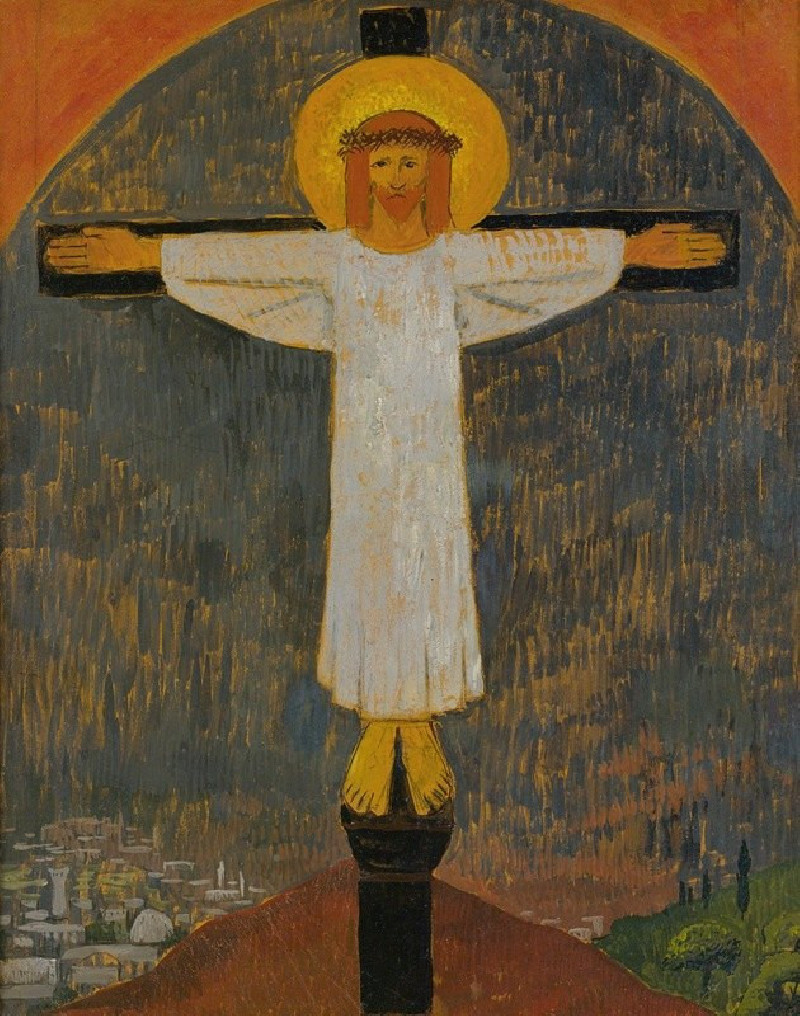
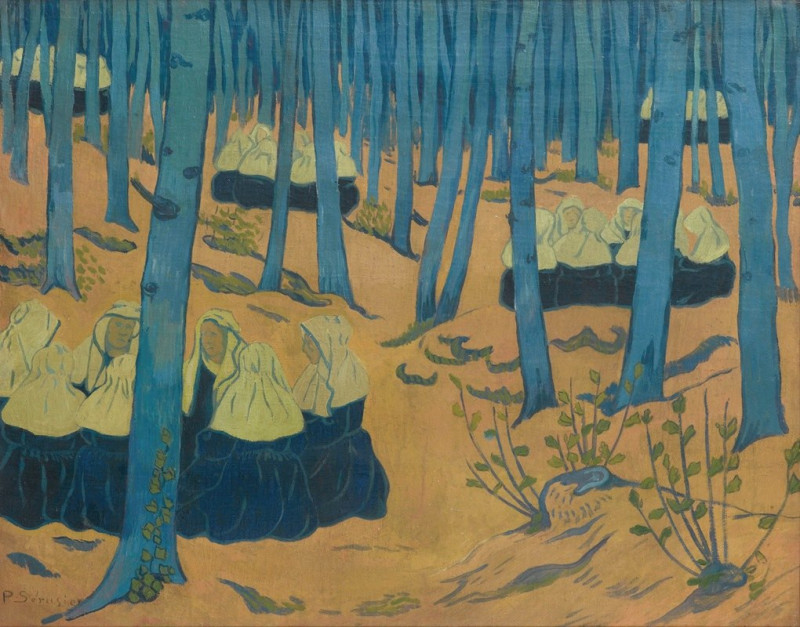
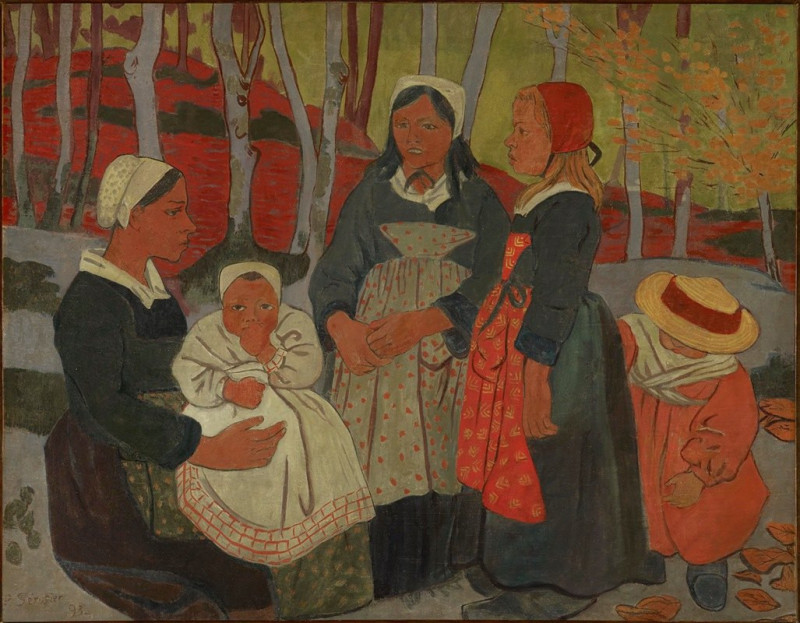
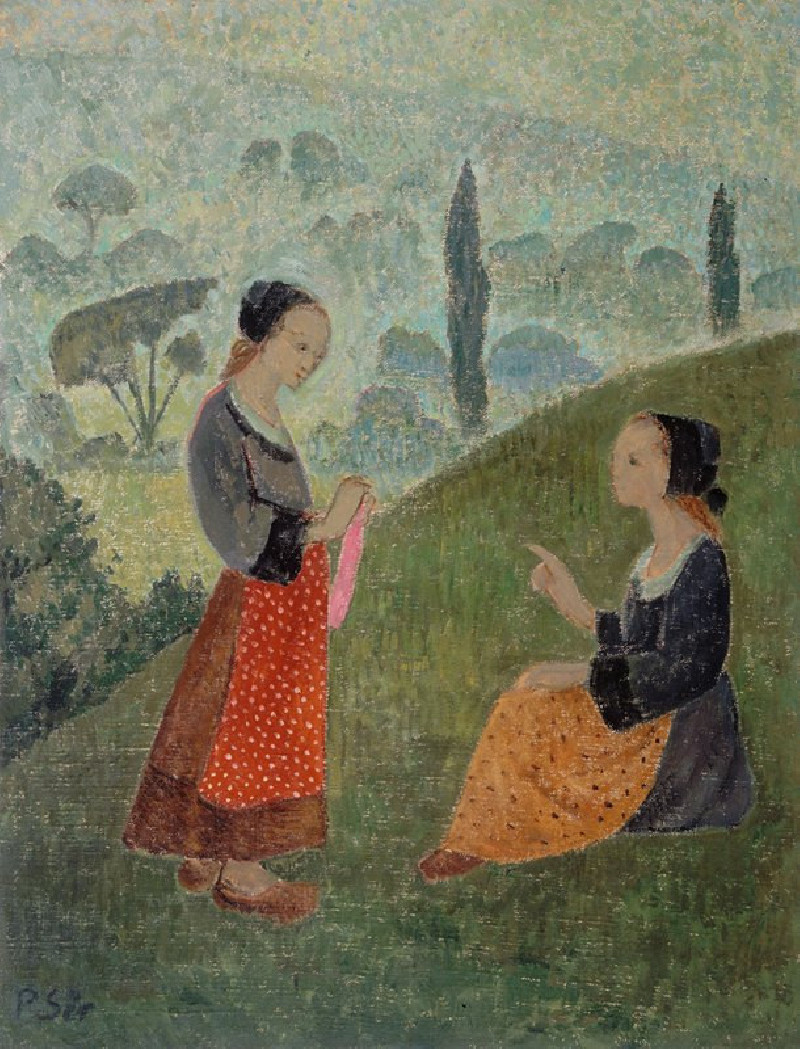
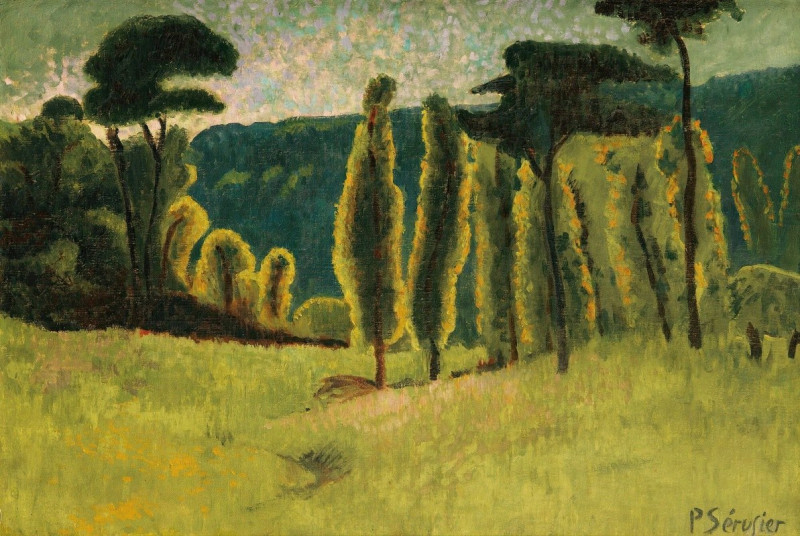
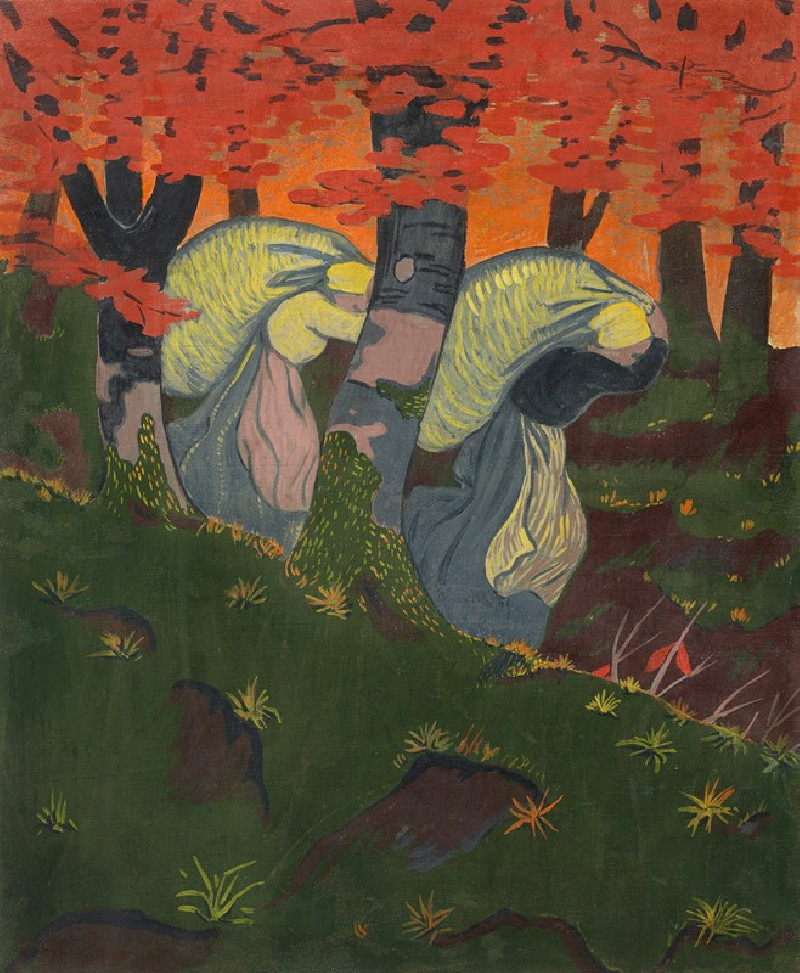
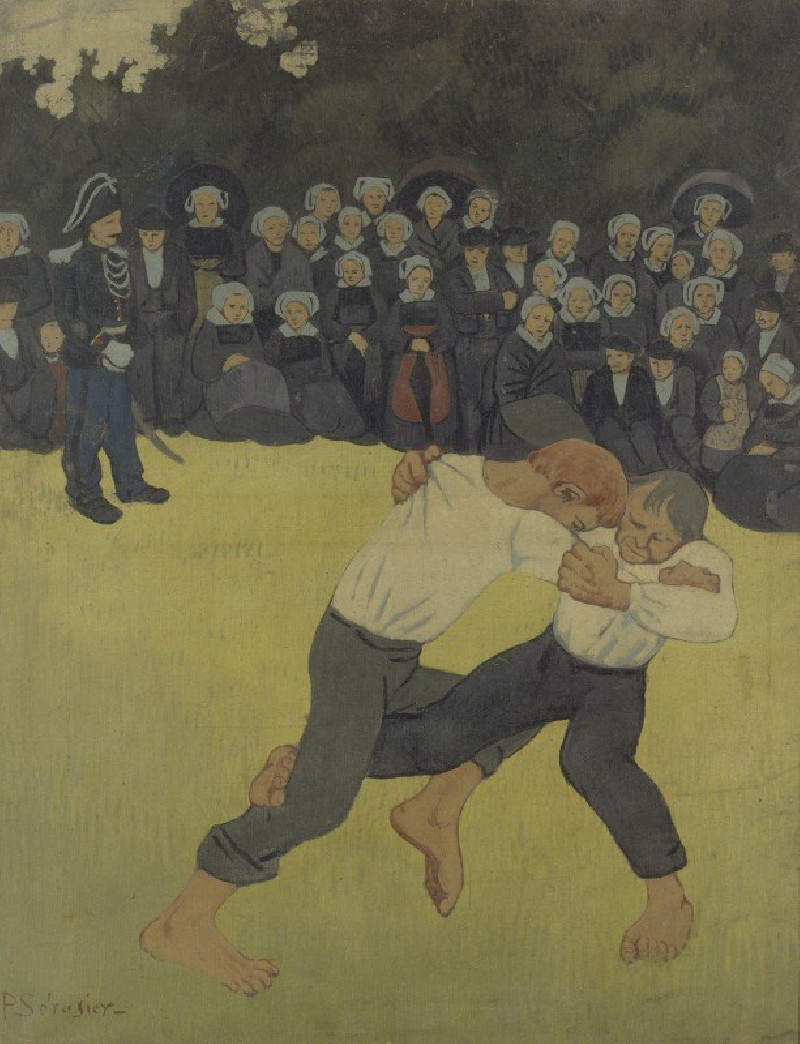
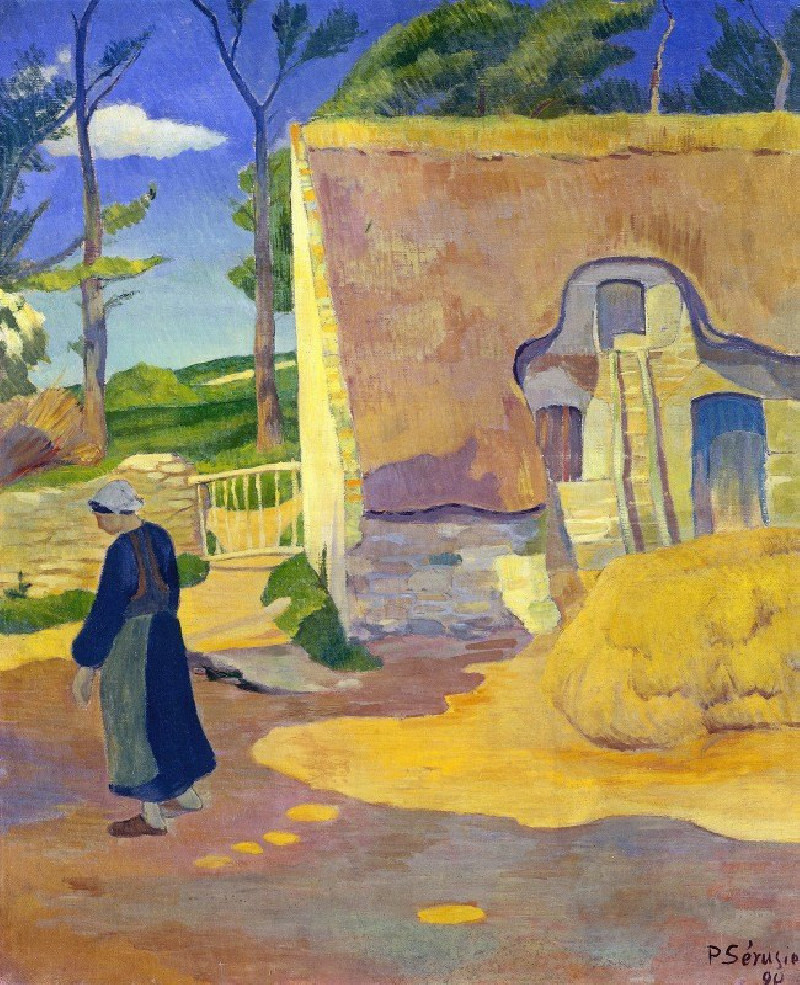
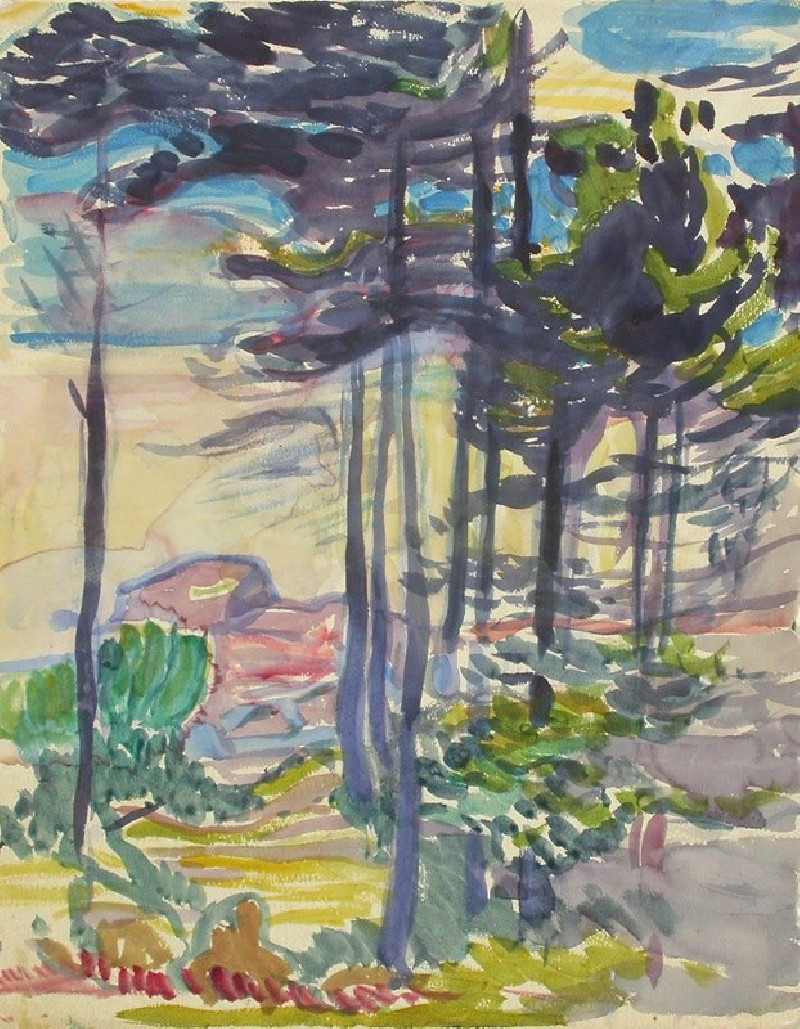

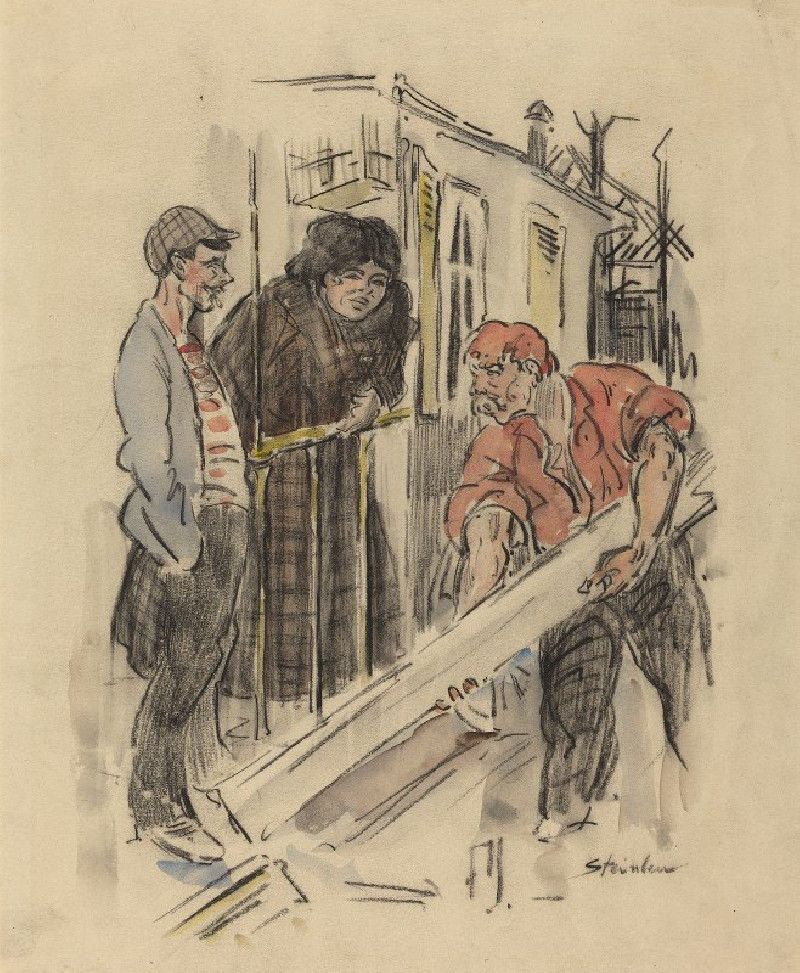

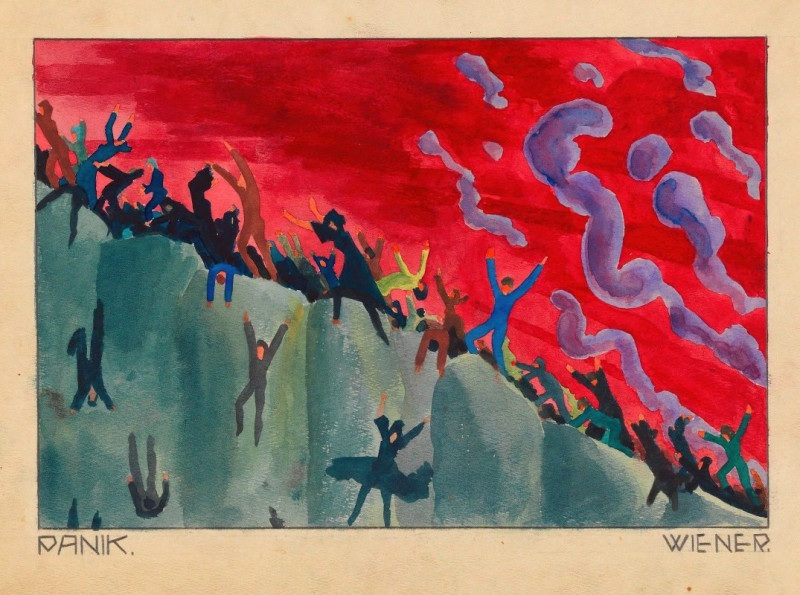
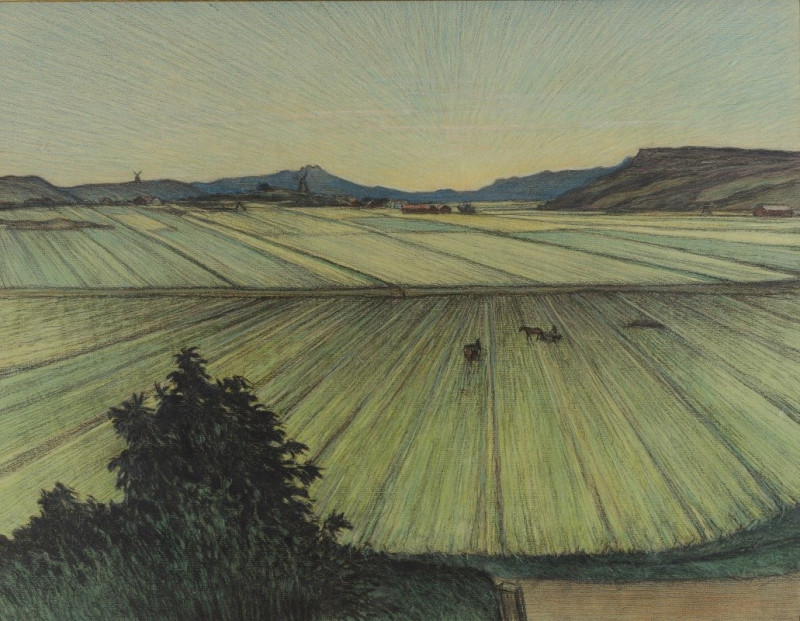
![Nature morte au bougeoir [The Candlestick] (1900) reproduction of painting by Édouard Vuillard. ALL GICLEE PRINTS](https://reprodukcijos.lt/38989-large_default/reproduction-of-nature-morte-au-bougeoir-the-candlestick-1900.jpg)


